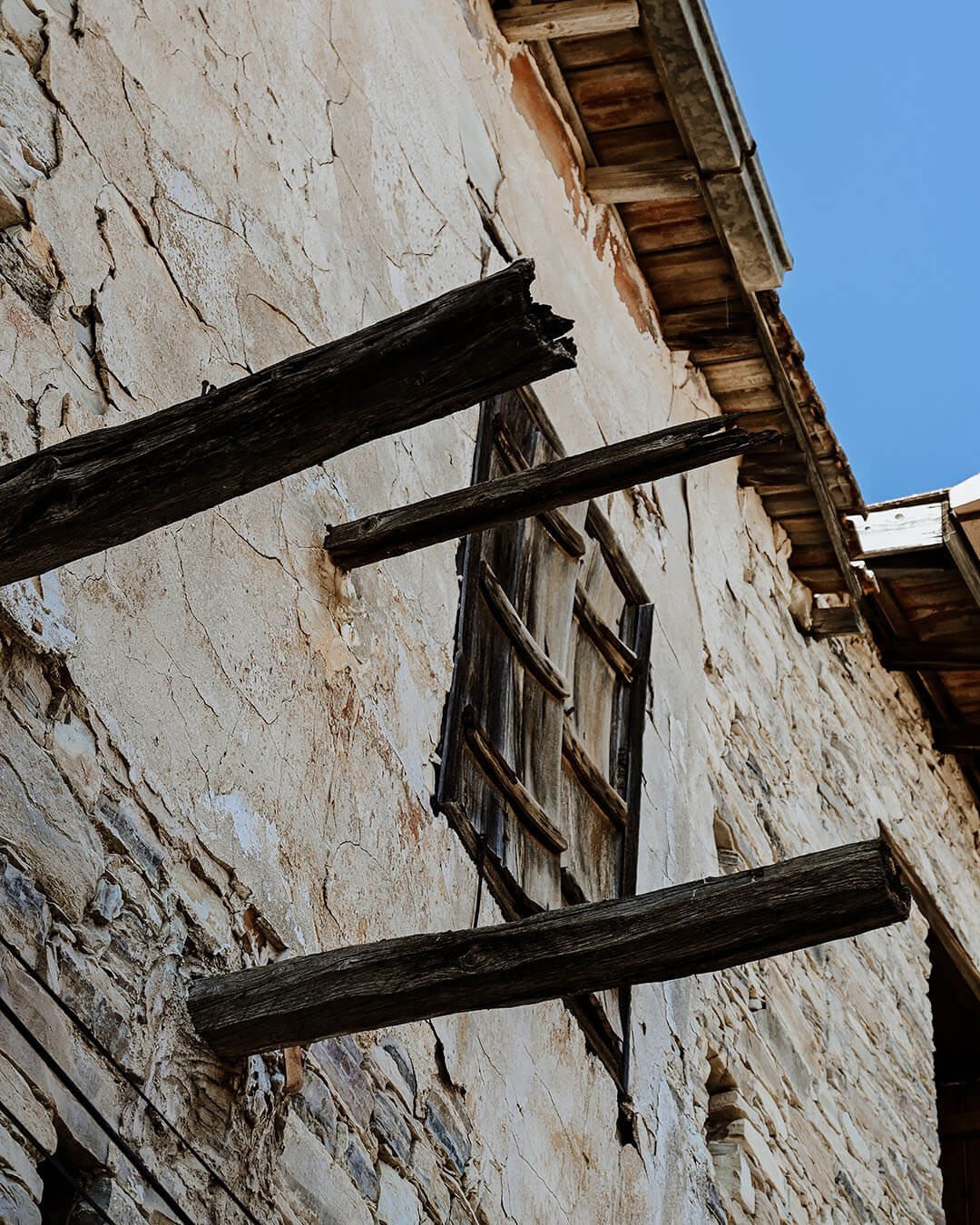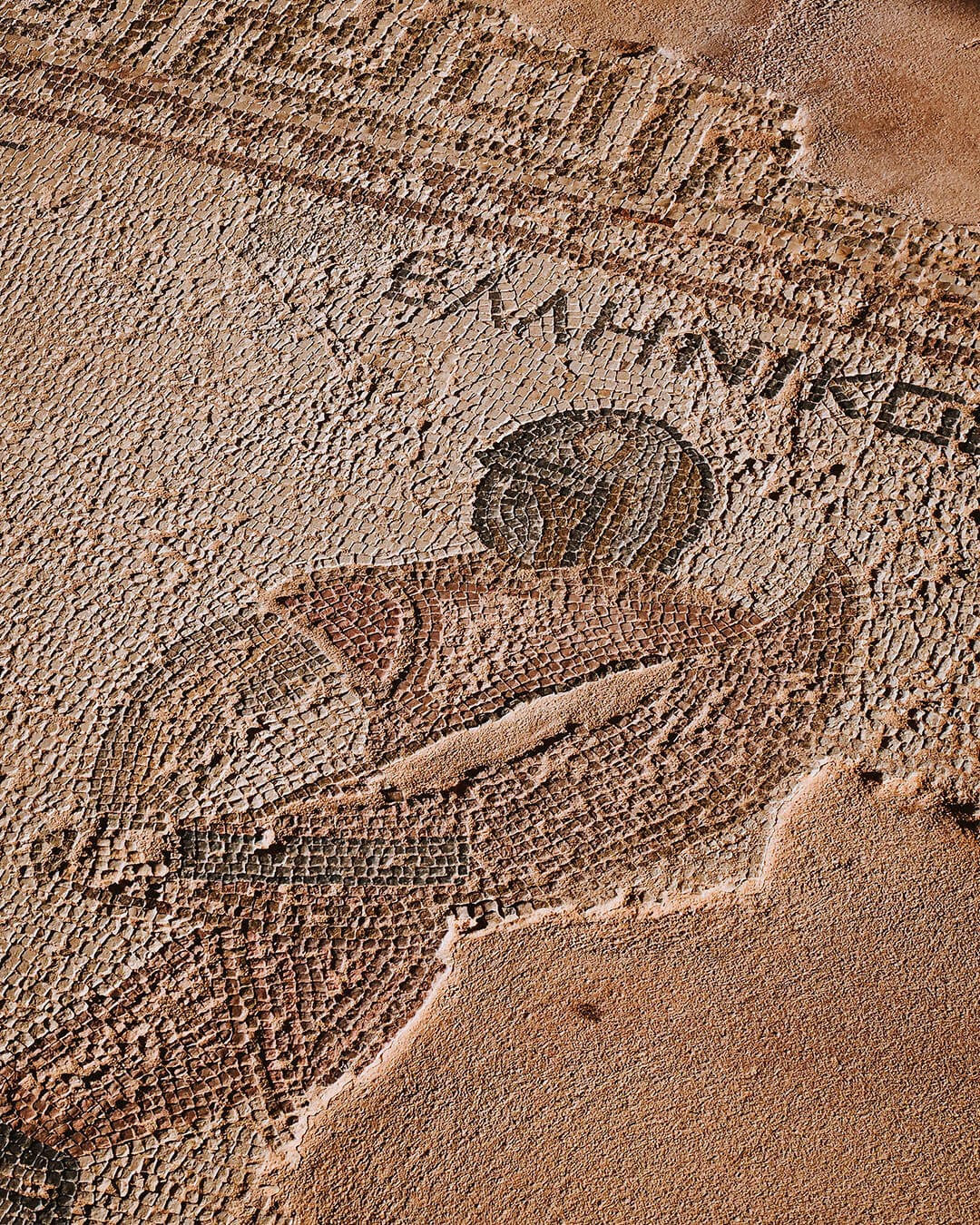Archaeological Site of Amathus
- Limassol
- Point of interest
Located a few kilometers east of the bustling city of Limassol, the Archaeological Site of Amathus holds the historical significance of once being a thriving center of civilization. Though much of the city-kingdom's grandeur has faded with time, the surviving remnants are undoubtedly noteworthy.
Historical records attribute the establishment of Amathus to the 11th century BC, aligning its foundation with other city-kingdoms in Cyprus. However, archaeological excavations have revealed evidence of human presence in the area dating back to the Neolithic era, several centuries later. Despite enduring destruction from earthquakes in the 4th century AD and Arab invasions in the 7th century AD, the city of Amathus managed to persist until the 12th century.
The city was structured on two levels—the upper and lower city. Atop the hill stood the Acropolis, most notably housing the sanctuary of Aphrodite. Its construction began during the Hellenistic period and was later expanded and completed in the Roman era, featuring a grand temple dedicated to the goddess. Noteworthy relics from the temple include two colossal vases adorned with bull figures, one of which remains at the Amathus Archaeological Site, while the other now resides at the Louvre museum in Paris.
The lower part of the site encompasses a relatively smaller area, centered around the Roman Agora. This area comprises the main market square, public baths, arcades, decorated columns, and other structures dating back to the Hellenistic period. The excavations have also unveiled numerous fragments of statues and impressive porticoes to the west and south.
Additional distinguished buildings and constructions have been brought to light through the excavations. Adjacent to the sanctuary of Aphrodite, the remains of a defensive stone wall that once surrounded the city can be found. Below the hill's summit lies what is believed to be the Palace of the kings of Amathus, dating between the late 9th and early 8th centuries. Furthermore, several basilicas have been discovered, and the port of Amathus, a remarkable project from the Hellenistic years built at the end of the 4th century BC, now lies preserved under the sea.
The Archaeological Site of Amathus undoubtedly offers an ideal destination for travelers seeking to explore Cyprus' captivating past, as it provides glimpses into the island's rich and complex ancient civilization.
Other locations
All locationsOenou Yi Winery
Limassol | Winery
Nestled between the peaks of Troodos and facing the magnificent Mount Olympus, lies the amphitheatrically aligned vineyards of Ktima Vassiliades, also known ...
Ktima Christoudia Winery
Larnaca | Winery
Nestled in the heart of the island of Cyprus, in Larnaca district, Ktima Christoudia Winery promises a sensory journey through the vineyards, the winemaking ...
Archaeological Site of Kourion
Limassol | Monument
On the west coast of Limassol, are situated the archaeological ruins of an old city-kingdom, Kourion. Providing solid evidence of the past life on the island...


